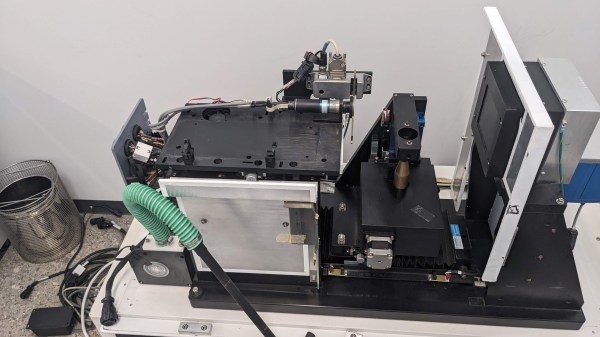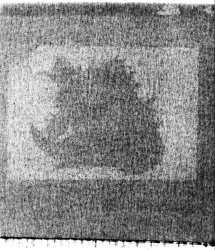The early history of home internet appliances was replete with wonderful curios as a new industry sought to both find a function for itself and deliver something useful with whatever semiconductors were available nearly two decades ago. A favourite of ours is the Nabaztag, a French-designed information appliance in the form of a cute plastic rabbit whose ears would light up and move around as it delivered snippets of information.
The entity behind the Nabaztag folded and the servers went away years ago of course, but the original designer [Olivier Mével] never gave up on his creation. Back in 2019 he created an updated mainboard for the device packing a Raspberry Pi Zero W, which has been released in a series of crowdfunding campaigns. If you have a Nabaztag and haven’t yet upgraded, you can snag one now as the latest campaign has started.
We took a look at the Nabaztag back in 2020, at the time with out bricked original unit. Happily a year later we were able to snag one of the upgrades, so it’s now happily keeping us up to date with the time, weather, and other fun things. The upgrade motherboard is designed to slot into the same place as the original and mate with all its connectors, and even comes with that annoying triangle screwdriver. If you want to stand out against all the Alexa and Google Home owners, dig out your cute rabbit from the 2000s and give it this board!



















